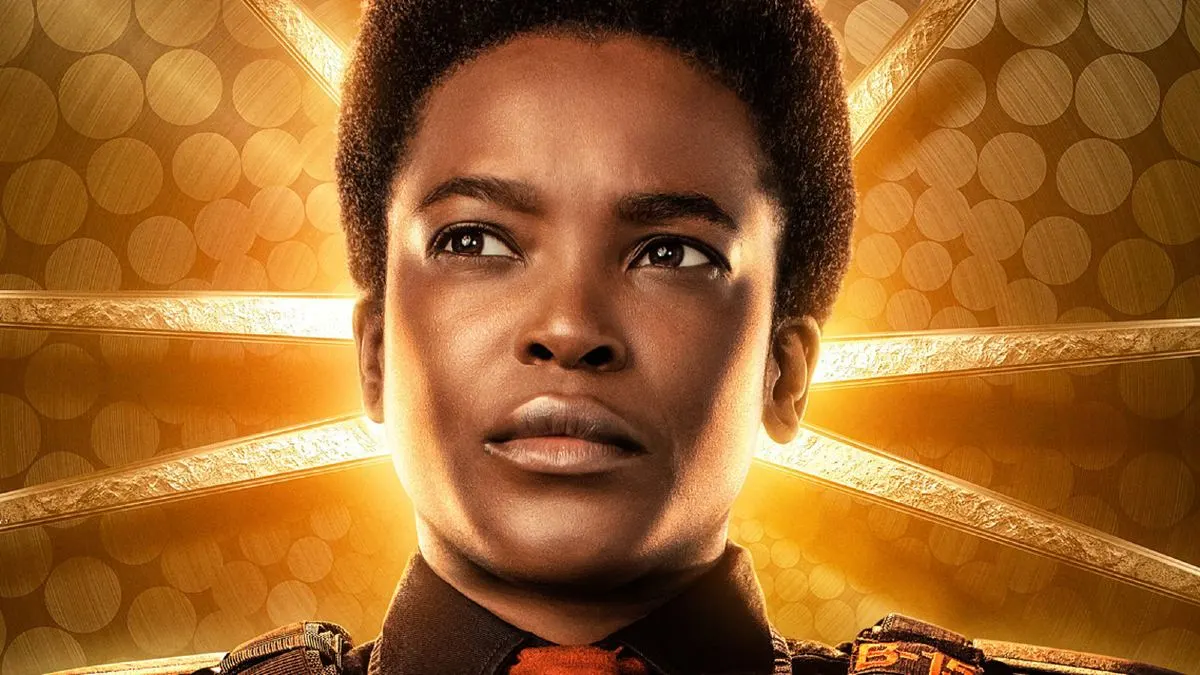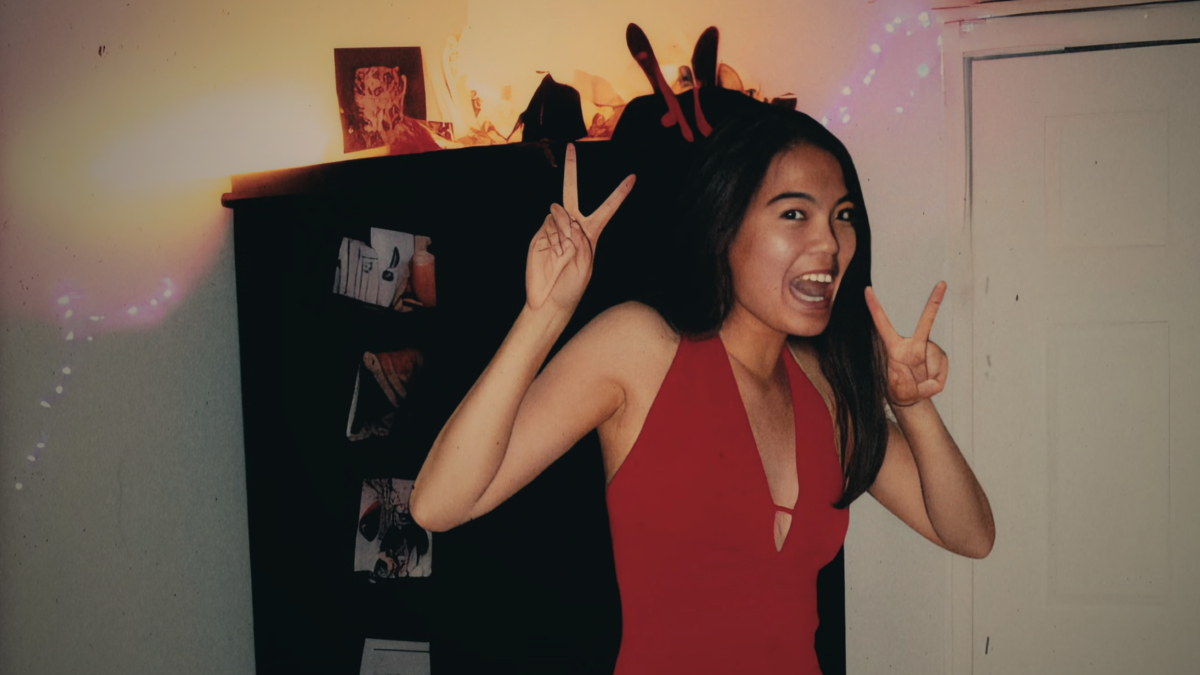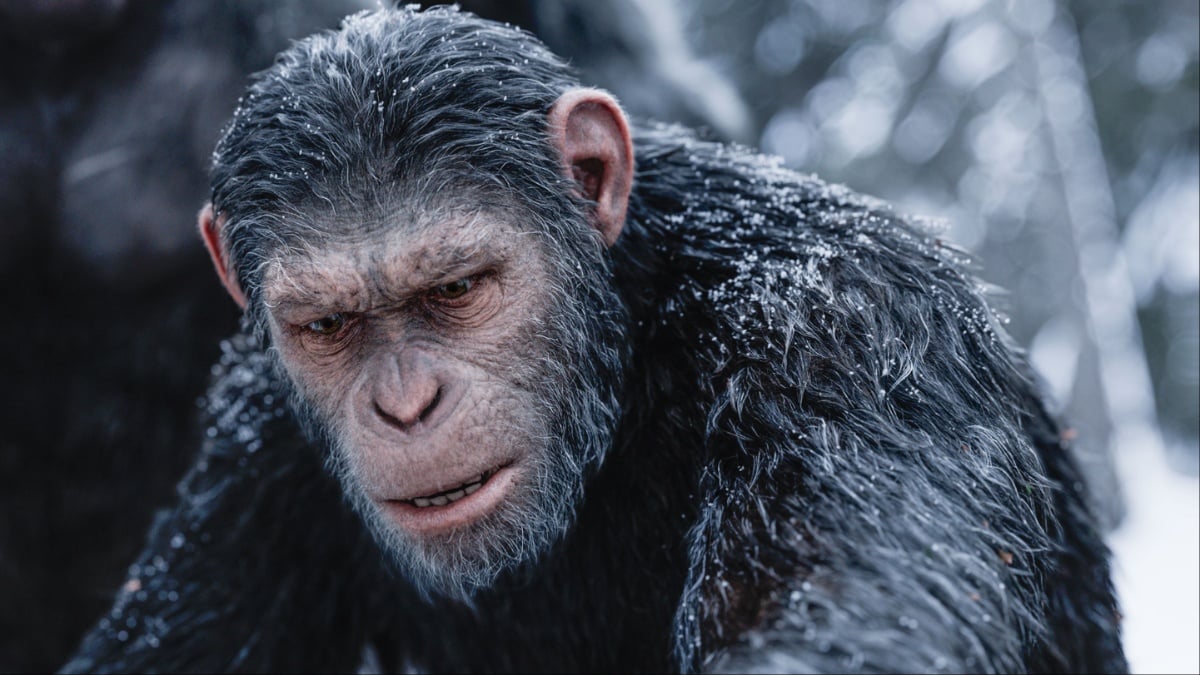I’m an apologist for the 2014 live-action Maleficent movie. It, unlike most of the live-action Disney adaptations, tried to tell a story that was actually different and interesting. While not a straight adaptation, the film did a lot to empower Aurora—who does nothing but look really amazing in gowns—and gave an interesting backstory to Maleficent to make her more of an anti-villain than true evil. I get why people don’t like it, but to quote Lindsay Ellis, it’s my trash. Its 2019 sequel is … not exactly my trash.
Five years after the events of Maleficent, sweet Aurora (Elle Fanning) is now Queen of the Moors, running her fairy kingdom barefoot and blissful, when Prince Phillip (with Harris Dickinson replacing Brenton Thwaites from the first film) proposes marriage. Enter his parents, King John (Robert Lindsay) and, more importantly, Queen Ingrith, played by the campy delight of Michelle Pfeiffer. Queen Ingrith has a deep hatred against fairies and wants to use the union between Phillip and Aurora to create a divide between humans and the fae, which means turning Aurora and Maleficent (Angelina Jolie) against each other.
The big problem with this sequel is that it covers a lot of issues that the it’s unable to commit to properly handling, both tonally and structure-wise. What’s set up in Mistress of Evil is a racial conflict between the fairies and humans, elevated beyond the events of the first movie with Ingrith and the introduction of the Dark Fae, the race of fae that Maleficent is part of. What they’re setting up is the antagonist trying to commit genocide against the fae, and Maleficent being the super-special savior due to her bloodline. It’s very typical high-fantasy chosen one stuff.
Except that it’s also a Disney movie for children, and after the race war comes the wedding.
We have a scene of living things being magically slaughtered, and it just kind of ends when it ends. Maleficent and Ingrith spend most of their time apart, plotting their plots, and Aurora turns into a pawn between them. While I do think that Maleficent‘s best additions to the canon are what it does with Aurora and Maleficent’s relationship, it feels like the film got so busy in its mythology that it forgot to tell the story.
Angelina Jolie is great, and honestly, this was just a reminder of how she can really play anything. This movie is elevated by a cast that commits to everything it’s trying to do, and on a certain level, I can appreciate what it’s trying to do, but trying isn’t the same thing as doing. While the first movie was an original twist on a tale, the sequel is just a paint-by-numbers version of every generic fantasy plot you could get. It’s disappointing and just makes me wish that this were an original film, rather than just an adaptation.
Then there’s the weird racial stuff. Now, I know I’m a bit of Race Bader Ginsburg to y’all around here, but while watching Mistress of Evil, a part of me just couldn’t help but feel like this storyline was another example of stories that want to take narratives about Indigenous people and people of color and put them onto white people.
The Dark Fae in this narrative are very much coded as a racially mixed group with a lot of Indigenous sprinklings. In fact, not only there is actually a lot of diversity in the movie in terms of background characters, but we have two really important Black characters in the movie: Conall, played by Chiwetel Ejiofor, and Percival, played by David Gyasi. The problem is they are both … really poorly integrated into the movie. Conall is such an expositional Magic Negro character that I thought he was written by Stephen King, and Percival just has fantastical racism and is jerked around between Ingrith and Phillip.
Honestly, it wouldn’t have bothered me as much if it weren’t for the fact that there is something inherently irksome about seeing a bunch of non-white characters in the movie as magical healers, but then Maleficent comes in and, because of her magic bloodline, is the chosen one. It’s just so … ugh. Can we please just have non-white people involved in writing these stories, please? Without getting into spoilers, I have to say that what happens to Conall is so ridiculous that I almost laughed out loud in the theater
In the end, Maleficent: Mistress of Evil is a story that’s bigger than what it was allowed to be, and it fails to capture the magic of the previous film. The biggest sin a film can commit is being predictable and boring, and sadly this is both. At least the dinner scene was good.
(image: Disney)
Want more stories like this? Become a subscriber and support the site!
—The Mary Sue has a strict comment policy that forbids, but is not limited to, personal insults toward anyone, hate speech, and trolling.—









